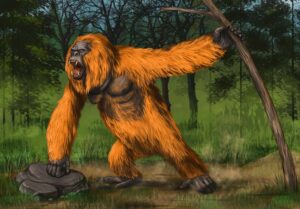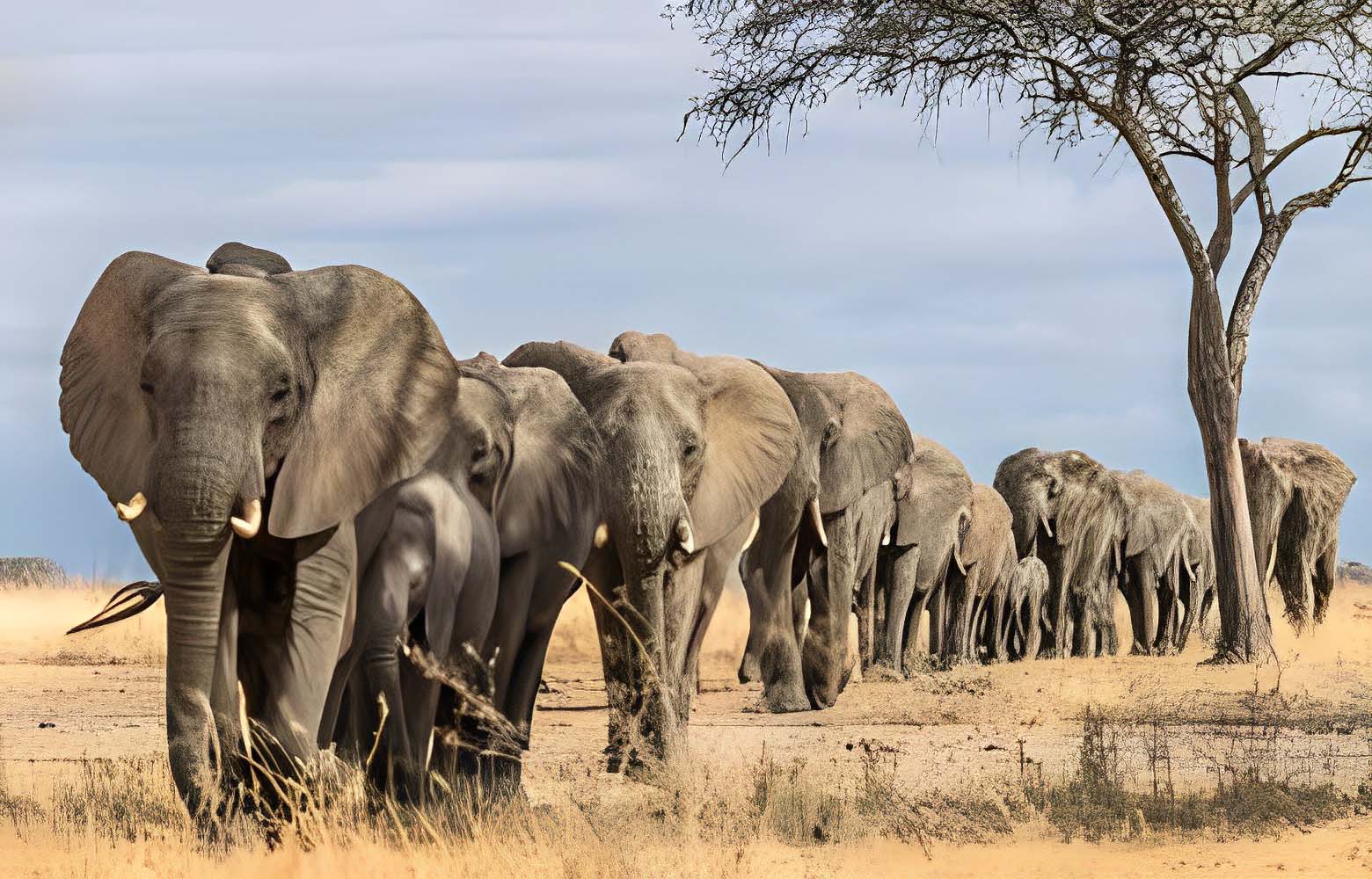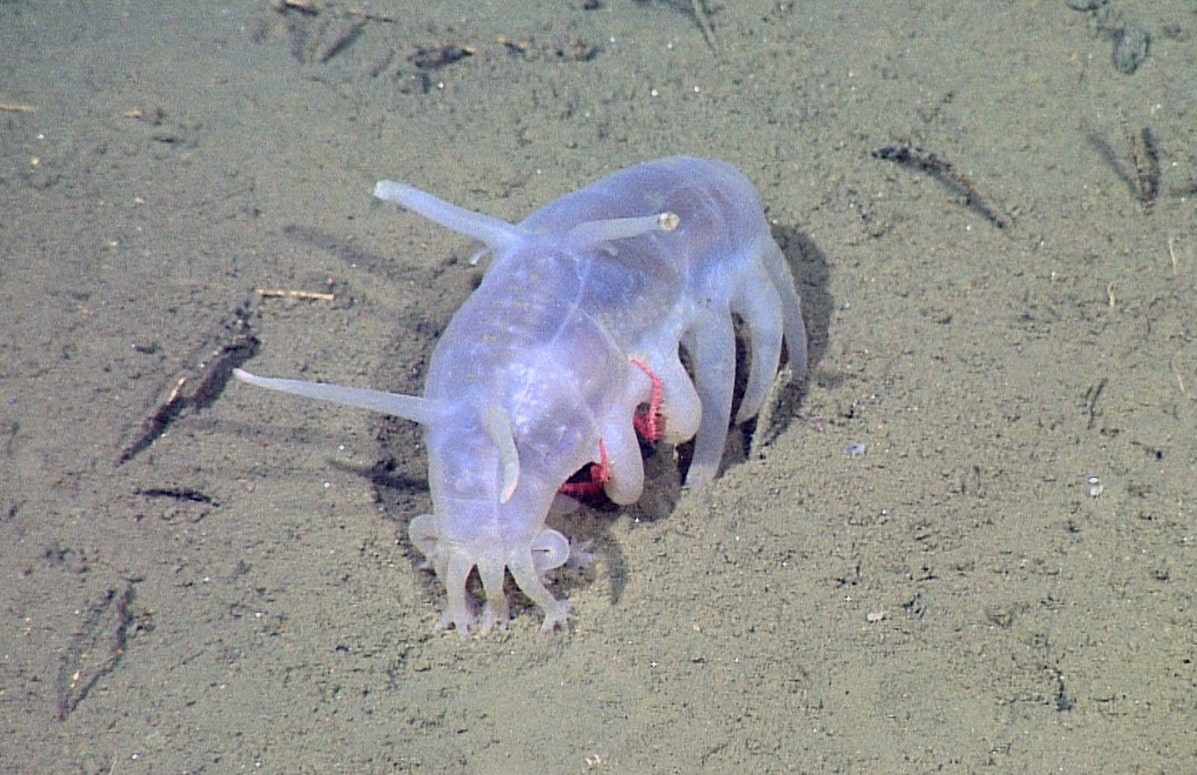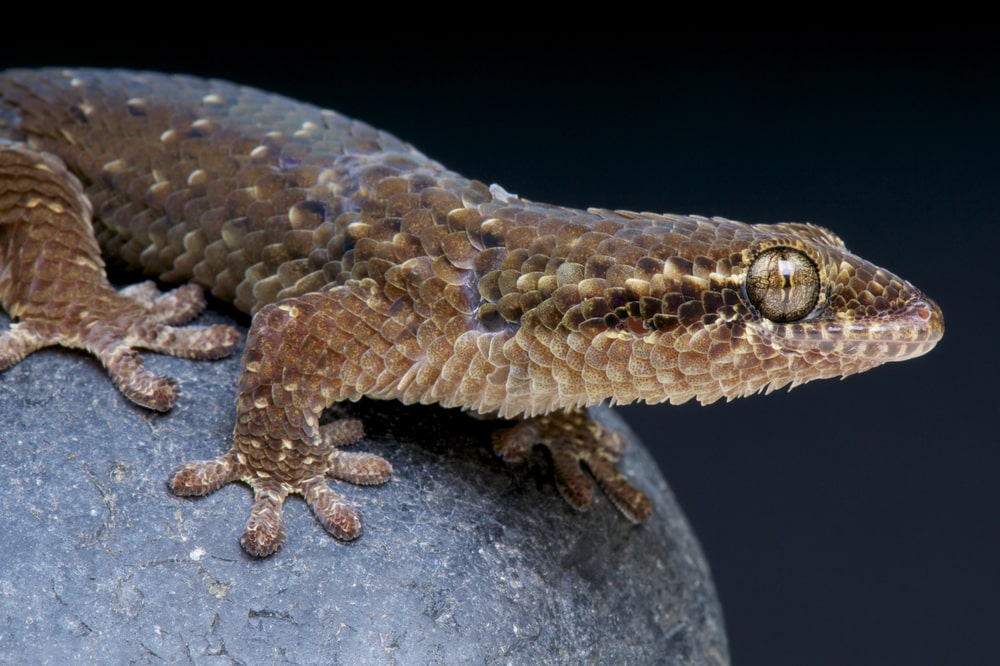What is Gigantopithecus? Is There Gigantopithecus Still Alive?
What is the Gigantopithecus?
Gigantopithecus is actually an extinct genus of apes that lived approximately 9 million years ago to as recently as 100,000 years ago. It stood around 3 meters (9.8 feet) tall and weighed up to 500 kilograms (1,100 pounds). It had a robust, heavily built body with long arms and a relatively short, broad trunk. Its legs were shorter compared to its arms, suggesting that it was adapted for a life in the forests. Its teeth were large and thick, suggesting a diet that consisted primarily of fibrous plants.

Fossilized remains of Gigantopithecus have been discovered primarily in parts of Asia, including China, India, Vietnam, and Indonesia. The most significant finds have been in cave deposits in southern China, where the conditions were conducive to the preservation of organic materials. The genus is believed to have gone extinct around 100,000 years ago, possibly due to a combination of factors including environmental changes and competition with other species. But there’s still a chance that these primates may exist in some remote part of the world.
Unexplored wilderness
Firstly, let’s talk about some points in favor of the Gigantopithecus still being alive, starting off with unexplored wilderness. In various parts of the world, there are extensive areas that remain largely untouched by human civilization. This means that there could be hidden pockets of biodiversity, and possibly even undiscovered species, lurking within these wilderness areas.
Limited infrastructure, harsh environmental conditions, and logistical constraints make it hard to mount comprehensive scientific expeditions. This means that even if Gigantopithecus were to exist in these areas, proving its presence would be a demanding task.
Gigantopithecus Cryptid
Cryptids are creatures that are reported by eyewitnesses or through cultural stories but have not been scientifically confirmed to exist. Eyewitness accounts also play a crucial role in the field of cryptozoology. In the case of Gigantopithecus, there have been numerous reports from individuals who claim to have had encounters with large, unidentified primates.
People from vastly different cultural backgrounds and geographic locations have reported seeing similar large, bipedal creatures. These consistent descriptions include features such as immense size, dark or reddish fur, and a general resemblance to what is theorized about Gigantopithecus based on fossil evidence!
Let’s take a look at some eyewitness accounts that may shed light on what the Gigantopithecus might look like.
1) The Patterson-Gimlin Film
This is perhaps the most famous alleged sighting of a large, bipedal primate, commonly referred to as “Bigfoot.” The footage was shot in Bluff Creek, California, and shows a tall, ape-like creature walking through the woods. While the authenticity of the film has been debated for decades, the idea of a giant primate-like creature roaming the woods, while species like the Gigantopithecus may still be alive, can’t just be a coincidence. (1967)
2) Yeren in China
The Yeren, also known as the “Chinese Wildman,” is often described as a large, hair-covered primate that resembles the Gigantopithecus. There have been numerous reports of sightings in remote areas of China, particularly in the Hubei, Shennongjia, and Yunnan provinces. Witnesses claim to have seen a creature with features similar to a large ape. This is very interesting because southern China is where most of the fossils of Gigantopithecus were found!
3) Almas in Mongolia
The Almas is another regional cryptid reported in the Caucasus and Central Asia, including Mongolia. Descriptions often match those of a large, upright ape-like creature resembling the gigantopithecus. Locals have reported sightings in mountainous and forested areas. The accounts are often part of local folklore and have persisted for generations.
4) Yowie in Australia
The Yowie is Australia’s version of Bigfoot, described as a large, hairy primate. Reports of Yowie sightings have come from various parts of Australia, particularly in remote bushland and mountainous regions!
5) Skunk Ape in Florida, USA
The Skunk Ape is a cryptid reported in the southeastern United States, with sightings most commonly reported in Florida’s swamps and Everglades. Witnesses describe a massive, foul-smelling, ape-like creature. Some accounts suggest it shares similarities with descriptions of Gigantopithecus. All of these accounts are from different parts of the world and vary slightly, but with how disconnected the world was up until recently, it’s very strange how all these regions reported basically the same thing. A giant, fur-covered primate, roaming the woods.
Limited fossil records
What’s more interesting is the fact that the fossil record of Gigantopithecus is characterized by fragmentary remains, primarily consisting of teeth and jawbones. These discoveries provide valuable insights into the existence of this giant ape, but they offer only a partial glimpse into its anatomy and biology. Scientists have to make educated guesses about Gigantopithecus’s behavior based on comparisons with other known primates.
For example, it is inferred that Gigantopithecus likely had a diet heavily focused on tough vegetation, similar to modern-day giant pandas or gorillas. However, details about its social structure, mating habits, and other behaviors remain uncertain. Advancements in paleontological and archaeological techniques, as well as the development of new technologies, may provide further opportunities for future discoveries.
For example, advanced imaging techniques, DNA analysis, and improved excavation methods could potentially yield more comprehensive insights into the biology and history of Gigantopithecus. On the other hand, let’s take a look at some points against the continued existence of the Gigantopithecus.
Occam’s Razor
Occam’s Razor is a fundamental principle in scientific reasoning and problem-solving. It advises that, when faced with multiple possible explanations for a phenomenon, the one that requires the fewest assumptions or additional elements is typically the most plausible. In the case of Gigantopithecus, Occam’s Razor suggests that the simplest and most straightforward explanation, based on our current knowledge and evidence, is that the species went extinct thousands of years ago.
This conclusion is actually supported by several key factors.
Lack of recent observations
With the abundance of smartphones equipped with high-quality cameras and video recording capabilities, it’s easier than ever for individuals to document their surroundings. This technological advancement should theoretically increase the likelihood of capturing clear and convincing evidence of any large, unidentified creature, including one resembling Gigantopithecus.
The scarcity of such evidence raises some serious questions about the credibility of anecdotal reports. Without recent, verifiable observations or encounters, it becomes increasingly challenging to support the hypothesis that Gigantopithecus is still alive today.
Environmental factors
Over millions of years, the Earth’s climate has undergone significant transformations. Ice ages, interglacial periods, and fluctuations in temperature and precipitation have all shaped the planet’s landscapes. These changes directly affect the availability of resources, vegetation types, and overall suitability of habitats for large-bodied primates like Gigantopithecus. A species that was well-adapted to a specific set of environmental conditions in the past might struggle to persist in a drastically altered world.
Human activities, such as deforestation, agriculture, urbanization, and industrialization, have led to widespread habitat alteration. This drastic modification of habitats can have devastating effects on wildlife, as it limits available resources and disrupts ecological relationships. For a large primate like Gigantopithecus, such changes would likely reduce suitable habitats and increase the likelihood of human encounters, making it more difficult to remain hidden.
Competition with Modern Wildlife
In any ecosystem, competition for resources is a fundamental driver of species interactions. For a large primate like Gigantopithecus, resources like food, water, and suitable shelter would be crucial for survival. In the present day, these resources are already heavily contested by existing species. For example, herbivores like elephants and rhinoceroses require extensive grazing areas, while large predators like lions and tigers require substantial prey populations.
The addition of Gigantopithecus to this competitive landscape would further strain available resources. In addition to resource competition, Gigantopithecus would also face potential threats from existing apex predators. Large cats, such as lions and tigers, are highly skilled hunters and would likely view a large primate as potential prey.
Is There Gigantopithecus Still Alive?
Overall, we’ll leave it for you to decide. Is the Gigantopithecus still alive somewhere? Or did it really go extinct 10,000 years ago? I suppose we may never know.





